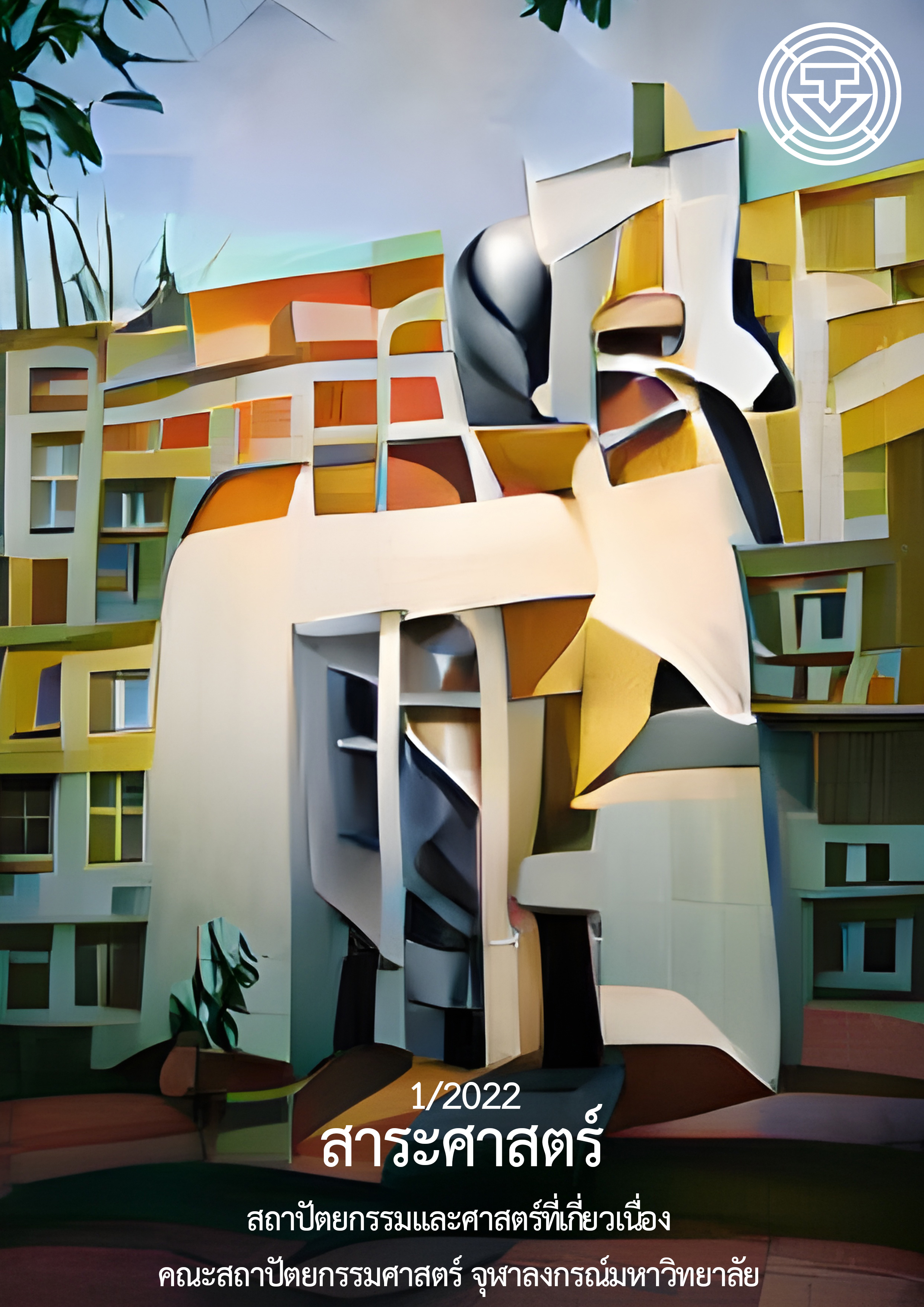Travel Behavior on Airport Bus at Don Mueang International Airport, Bangkok
Main Article Content
Abstract
Don Mueang airport public bus is also known as "Airport Bus" is a public transport system in the form of express buses or "Rapid Bus" that operates from Don Mueang Airport to various areas within the city, stopping and transferring from bus terminal and stop only at important places. There is no stop to pick up - send anyway. It increases travel options to use the service for passengers who use the services of Don Mueang Airport. At present, there are 4 routes such as A1, A2, A3, and A4 but A1 route (from Don Mueang Airport to Mo Chit 2 Bus Terminal) is the route that has the highest number of buses and passengers in everyday. But now it was found that there was another group of passengers who joined the bus. Which is a group of passengers who come to use the service for other purposes such as shopping for things, traveling to work, returning to the residence, etc. which is not related to the use of the airport service at all.
The objective of this research is for explain the phenomena and patterns of travel among non-airport passengers and analyze various factors affecting the behavior of traveling by Don Mueang Airport public bus by using the method of conducting questionnaires and interviewing 100 sets of passengers using the A1 route at different times and divided into 53 sets of departure trips and 47 sets of return trips. Then collect data during December 2020 – May 2021, and data will be analyzed by statistical methods.
The results showed that Mueang Airport bus passenger mostly travel to work in central business district (CBD) area such as Sukhumvit, Sathorn, and Ladprao with the travel factor when getting off the bus is an important variable. It was found that most of the bus travels continued with the mass transit system by rail such as BTS and MRT. And in the return trip, it was found that most of the trips were from work to home. with the time factor of service and travel time who want to reach the destination quickly and the price is not too expensive when compared to income. It is an important variable that results in taking the bus.
Article Details
References
ชัยวัฒน์ ศรีสวัสดิ์ และ ธนเดช ข้ามสมุทร. (2555). ปัจจัยที่มีความสัมพันธ์ต่อทัศนคติการเลือกใช้บริการรถตู้โดยสารสายกรุงเทพฯ - พัทยา บริเวณอนุสาวรีย์ชัยสมรภูมิ. (วิทยานิพนธ์ปริญญามหาบัณฑิต, มหาวิทยาลัยศิลปากร).
ภัทระ ภิญโญพิศุทธิ์. (2561). ร้องเรียนรถเมล์ สาย A1 สนามบินดอนเมือง-หมอชิต2. สืบค้นเมื่อ 11 มิถุนายน 2564, จาก http://www.bmta.co.th/th/content/ร้องเรียนรถเมล์-สาย-A1-สนามบินดอนเมือง-หมอชิต2
ภัทรพร เนติปัญญา. (2548). ความสามารถในการเข้าถึงสถานีรถไฟฟ้าขนส่งมวลชน: กรณีศึกษาผู้เดินทางไปทำงานในเขตเมืองกรุงเทพมหานคร.(วิทยานิพนธ์ปริญญามหาบัณฑิต, จุฬาลงกรณ์มหาวิทยาลัย).
อนุภาค เสาร์เสาวภาคย์. (2554, มิถุนายน). ปัจจัยที่มีผลต่ออุปสงค์การใช้บริการรถโดยสารสาธารณะ (สี่ล้อแดง) กรณีศึกษา: กลุ่มวัยรุ่นในจังหวัดเชียงใหม่. วารสารวิทยาการจัดการ, 28, 17-31.
Estopolis. (2563). อัพเดท จุดจอดรถเมล์ A1-A4 ในสนามบินดอนเมือง. สืบค้นเมื่อ 20 เมษายน 2564,จาก https://www.estopolis.com/article/news/transportation/bus-stop-a1-a2-a3-a4-donmueang-airport
Bruton, M. J. (1975). Introduction to transportation planning. London: Hutchinson.
Cadwallader, Martin T. (1985). Analytical urban geography spatial pattern and theories. Upper Saddle River, NJ.: Prentice-Hall Inc.


